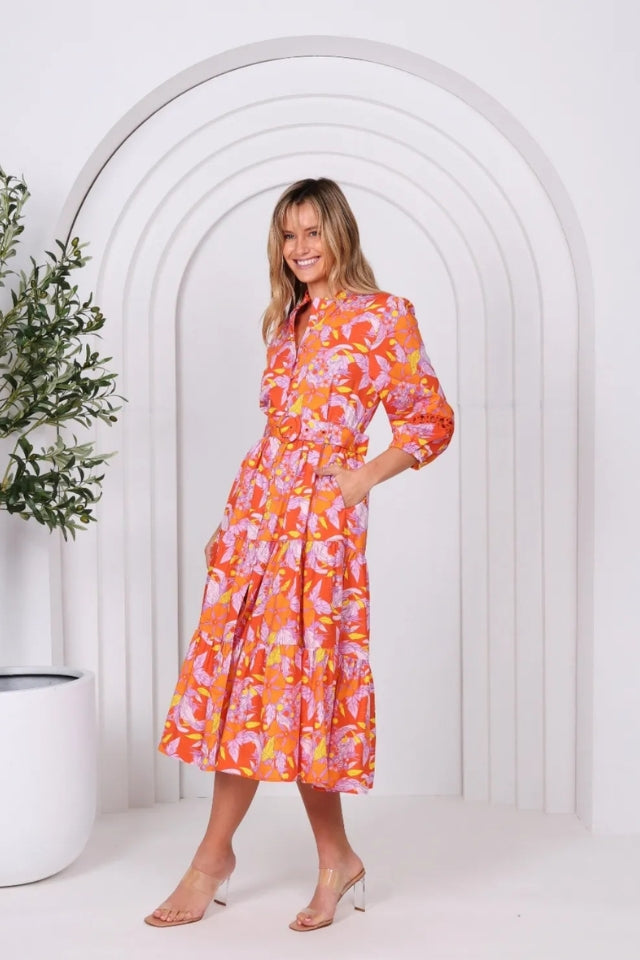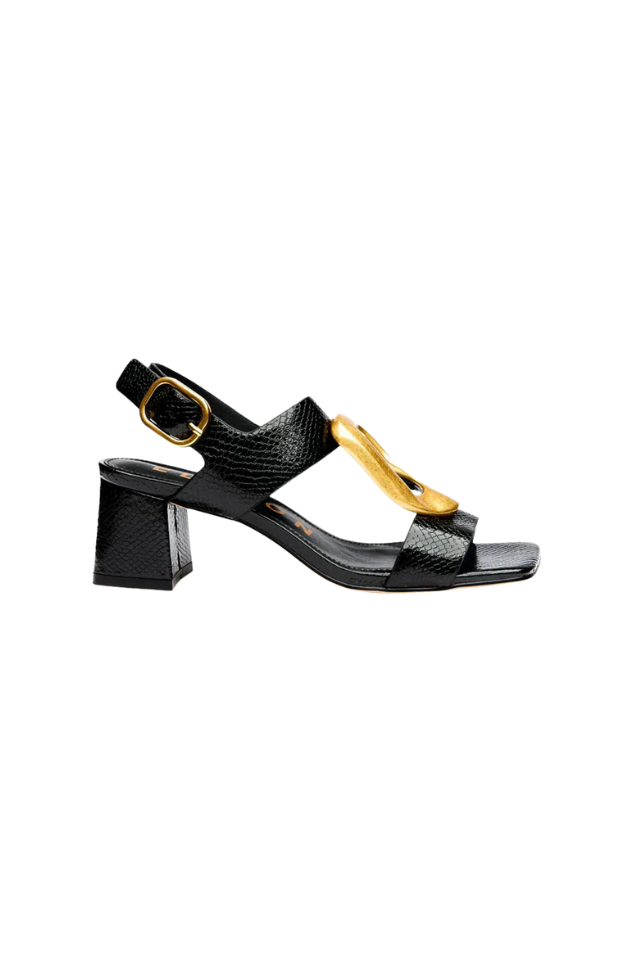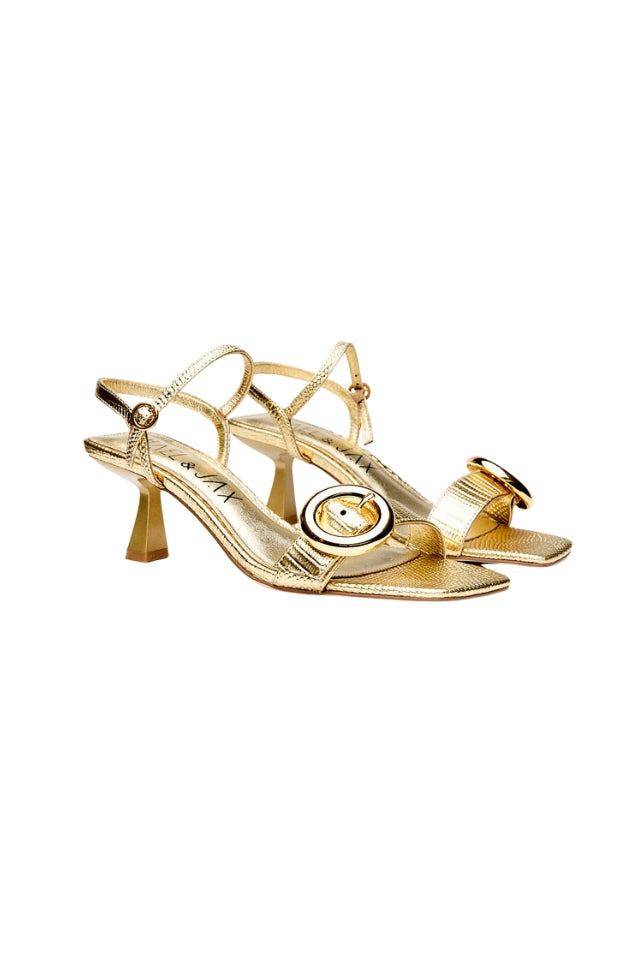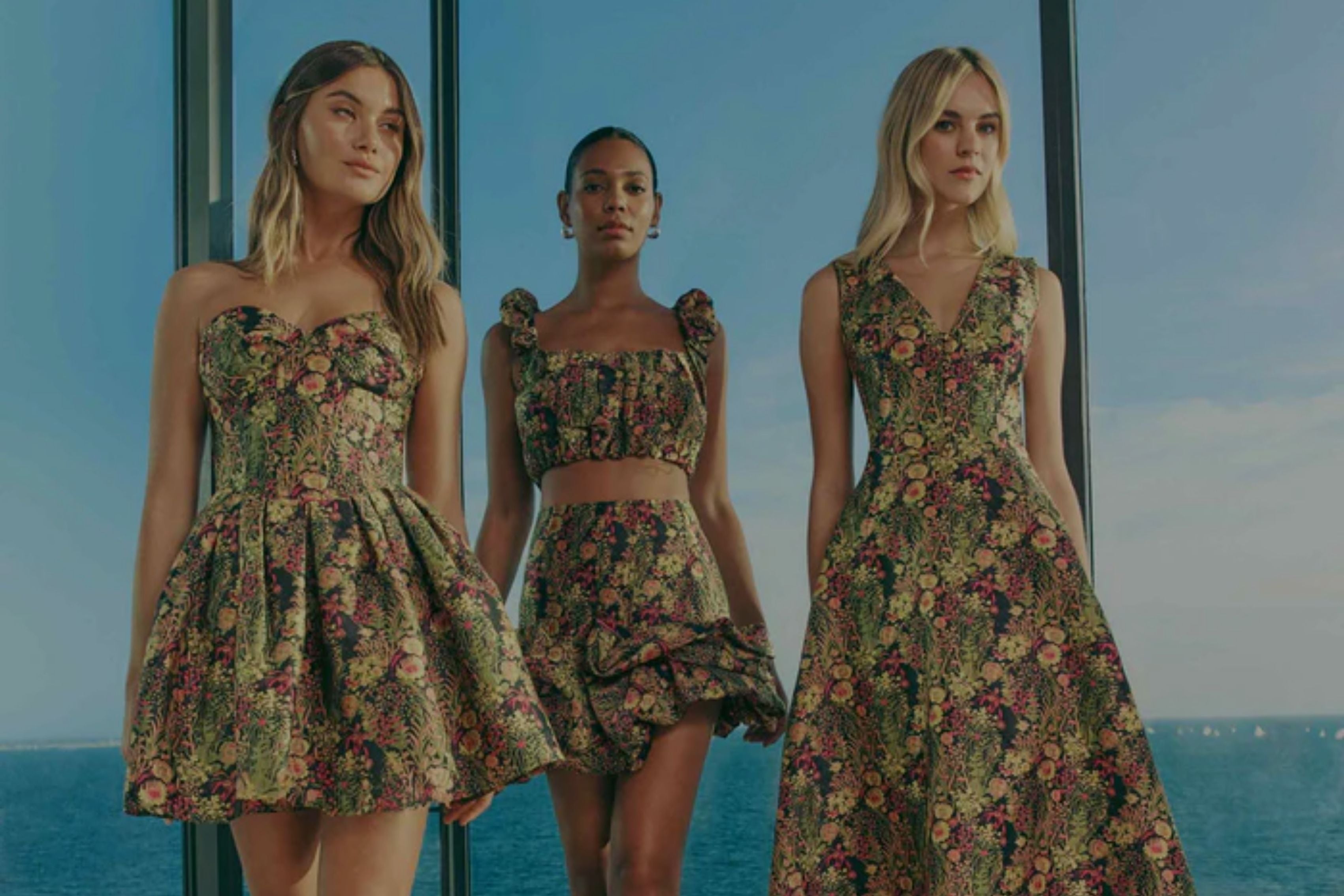
Never fade: a brief history (and future) of almost everything denim.
You can’t argue against the durability of denim, both in its actual material (jeans live a full 9 lives in our wardrobes), and as denim’s capacity to make serious hay year after year in global fashion trends.
The term "denim" derives from the French "serge de Nimes", meaning serge (a sturdy fabric) from Nimes, the place in France from whence the fabric was invented in the 17th century. But it wasn’t until the early 20th century, when denim was adopted as the preferred workwear fabric choice for the working class and labourers in the USA, that a company named Levi’s & Strauss patented the metal rivets to make them the hard-wearing garments they are today. Not only was the fabric cheap, but denim was more durable and sturdier than other fabrics making them the ideal workwear.
Labourers in the United States then referred to their workwear as “Jean”’, after the city Genoa, where the fabric was initially woven – thus a legend was born.
Considering its history, it’s no wonder that the very spirit of durability is woven into the fabric of its identity in the fashion world. The best part about denim, as a fabric, is that it never loses its appeal – it’s only the styles and designs that change.

In the past 20 years alone, we have seen denim jeans go from tapered, to wide-legged and flared, to low rise, then to skinny and minimal, and then back somewhere in between flared and tapered in the 2020s. The obvious resurgence of the 90s wide legged denim jean is palpable these days, but so is coloured denim.
In addition, we are seeing the emergence of conscious production in denim wear, with companies opting for sustainable and ethical production practices – and even recycled denim. Jeans can tell a story. But they can also (potentially) change the world.
We see that trend for ethical practices being practiced by companies like Outland Denim and Neuw. Outland Denim uses 100% traceable organic cotton and non-toxic chemicals, but they also set out to help victims of human trafficking and exploitation by hiring them as workers in their overseas factories. Offering them meaningful employment and safe, ethical standards of living for themselves and their communities. The best thing about buying a pair of Outland Denim is that you are supporting better living standards for their makers.
 And did you know that the average pair of jeans uses 1500 litres of water in their production? Well, Australian company Neuw has publicly announced their efforts to reduce water waste and use lower-impact materials including recycled materials. It even launched a sub-brand named ZERO which uses zero water wastage, chemical distressing and washing waste. Nice one.
And did you know that the average pair of jeans uses 1500 litres of water in their production? Well, Australian company Neuw has publicly announced their efforts to reduce water waste and use lower-impact materials including recycled materials. It even launched a sub-brand named ZERO which uses zero water wastage, chemical distressing and washing waste. Nice one.
So, it may pay to ask your denim dealer how and where your clothes are made. The choices you make may just be saving the world.
On that note, we put together a style edit of some of our favourite denim pieces in store right now. Worn by our totally gorgeous team members. We are ready to inspire you all to buy better denim for the future.
And Mallory looks oh so fine and Barbie appropriate in the first two ensembles – first in Kowtow’s pink denim Mirror Jacket and Straight Leg jean – both made from 100% certified Fairtrade lightweight organic cotton denim. Perfect for the post-winter blues, Kowtow has read the room so well and offered up their classic utilitarian designs in this modern colourway.


Then in Outland Denim’s Utah Jean - made with organic cotton, zero harmful chemicals, 100% traceable denim, 100% vegan materials and state-of-the-art water and energy reducing technology. The wide leg taper – looking oh so now.

Next up we have the Uber gorgeous Jessie in the Neuw Straight Leg Context Jean and the super brand-new Pearly King Orso Denim Jacket. So delicious. We want!

Lastly, Mallory stands tall in classic looking Rollas’ Sailor Jean Long. We loved the flared design and cute pockets at the front. So outrageously fun.

Our best advice for choosing a great pair of jeans, though? Go to a great store with people that know their stuff. Ask a lot of questions. If you are being helped by the right people, they should know their stuff and be able to help you make informed choices about what you are buying. More importantly – make sure it looks good on you. Sometimes the quest for the perfect pair of jeans can take a lifetime.




















